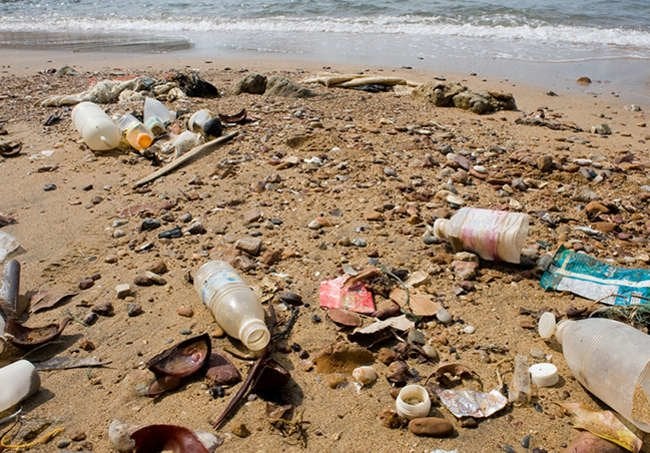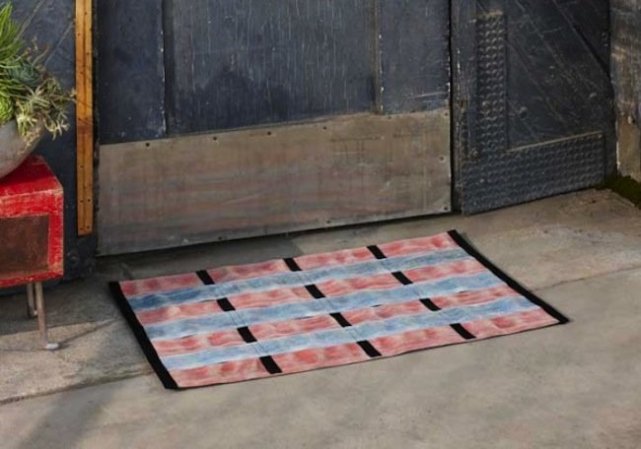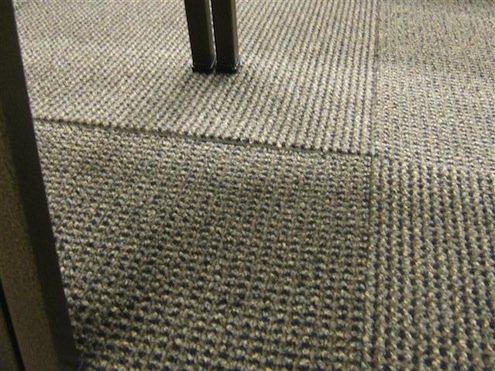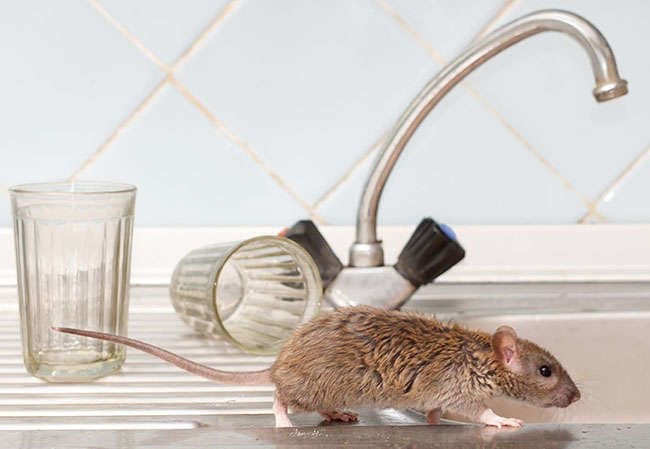We may earn revenue from the products available on this page and participate in affiliate programs. Learn More ›
Unchecked Waste
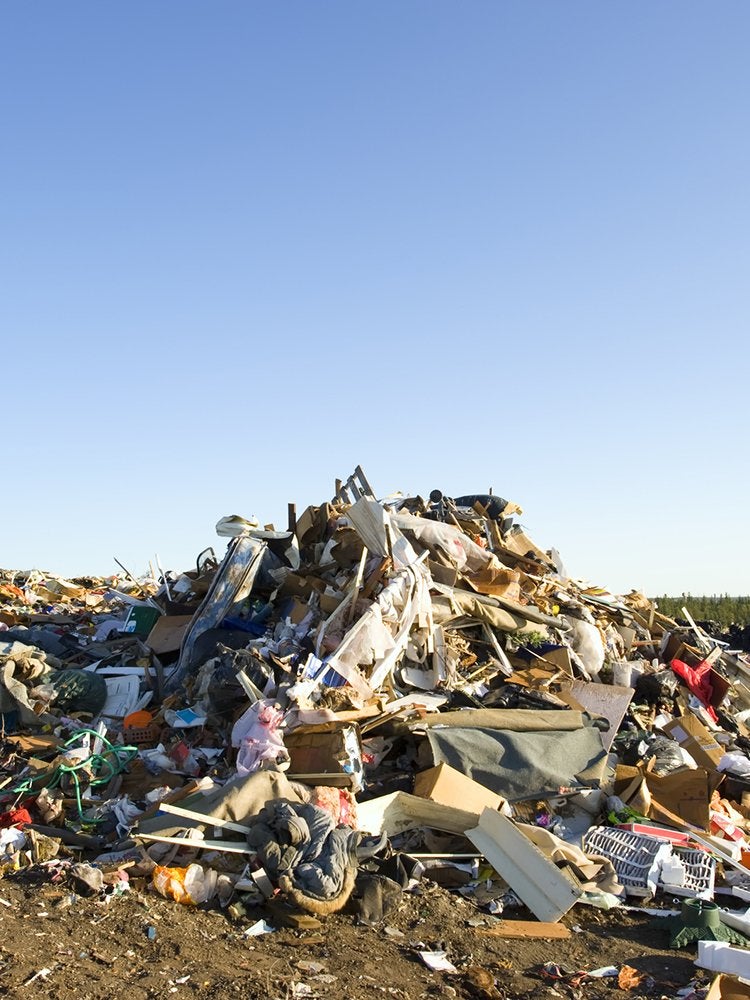
In these 10 hot spots around the world, trash has gotten way out of hand. While confronting all that garbage can be paralyzing, remember that knowledge is key to making a positive change. When we become more aware of the devastating effect our uncontrolled consumption is having on the planet, we can take steps to make things better. As individuals, we can resolve to cut down on the trash we produce and reduce our waste footprint. On a larger scale, government policies, science and innovation, and a culture of stewardship can help stave off climate change and level the mountains of waste. It’s time to take responsibility for the garbage we produce, whether it’s littering our streets or festering in a landfill far away.
North America
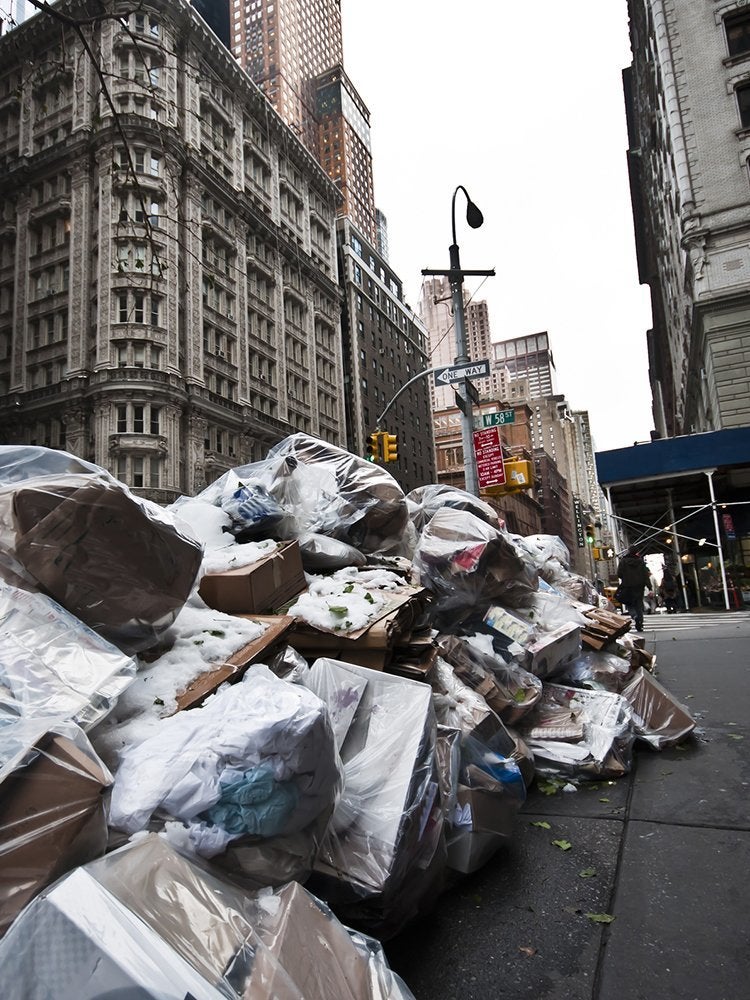
Our entire continent wins the dubious prize of worst garbage offender on earth. New research from USA Today, based on World Bank data, shows Canada to be the leading per capita producer of solid waste in the world, followed closely by Bulgaria and the United States. The United States, however, leads the world in total waste produced: nearly 8.5 billion metric tons per year. We recycle only about 35 percent of our trash, leading to such headlines as “U.S. Top of the Garbage Pile in Global Waste Crisis.”
Related: 15 Items You Probably Didn’t Know Were Hazardous Waste
New York City
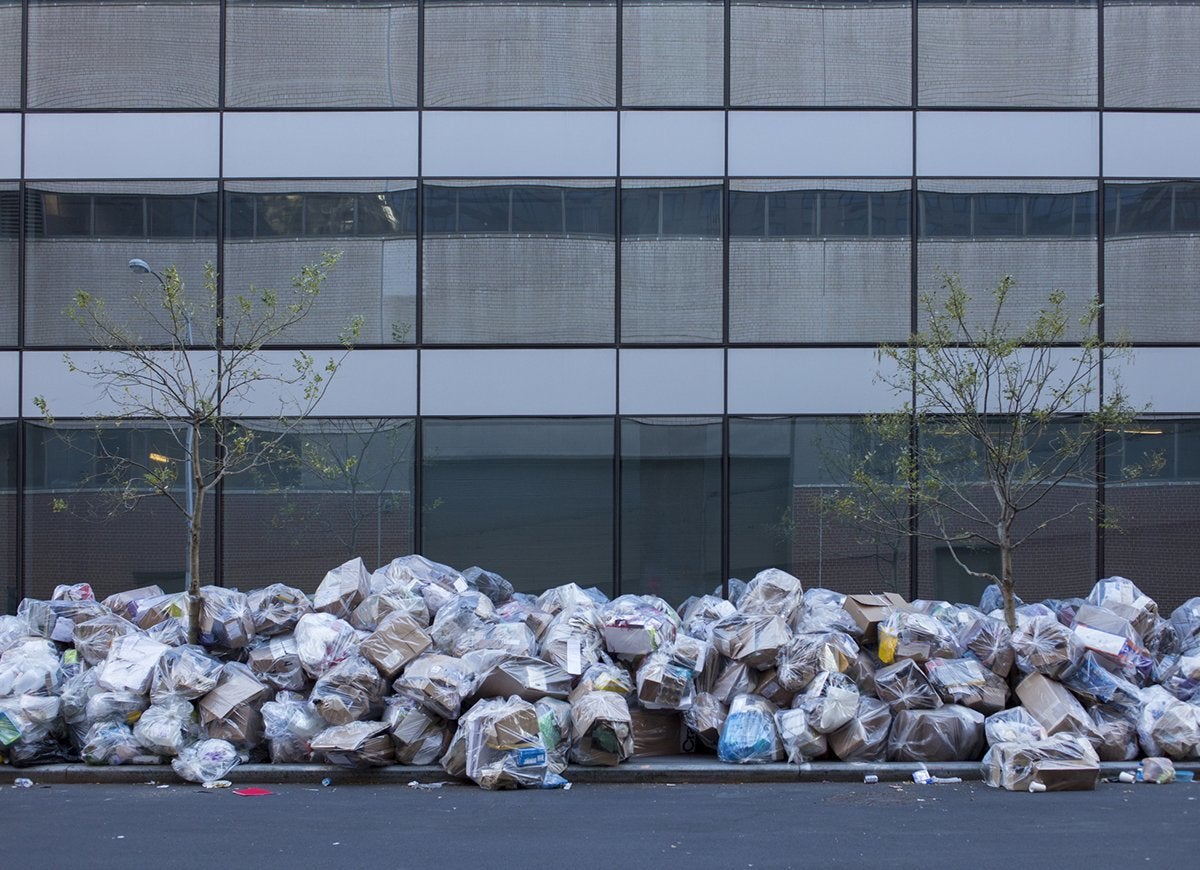
According to the New York Times, New York City’s trash problem has blossomed along with its population. In 2019, the city’s 8.4 million residents generated 12,000 tons of trash and recyclables each day. But the average New Yorker may have no awareness of the scope of the problem, because the waste is generally shipped out of the five boroughs to landfills in central New York State, Pennsylvania, Virginia, and South Carolina.
Mexico City
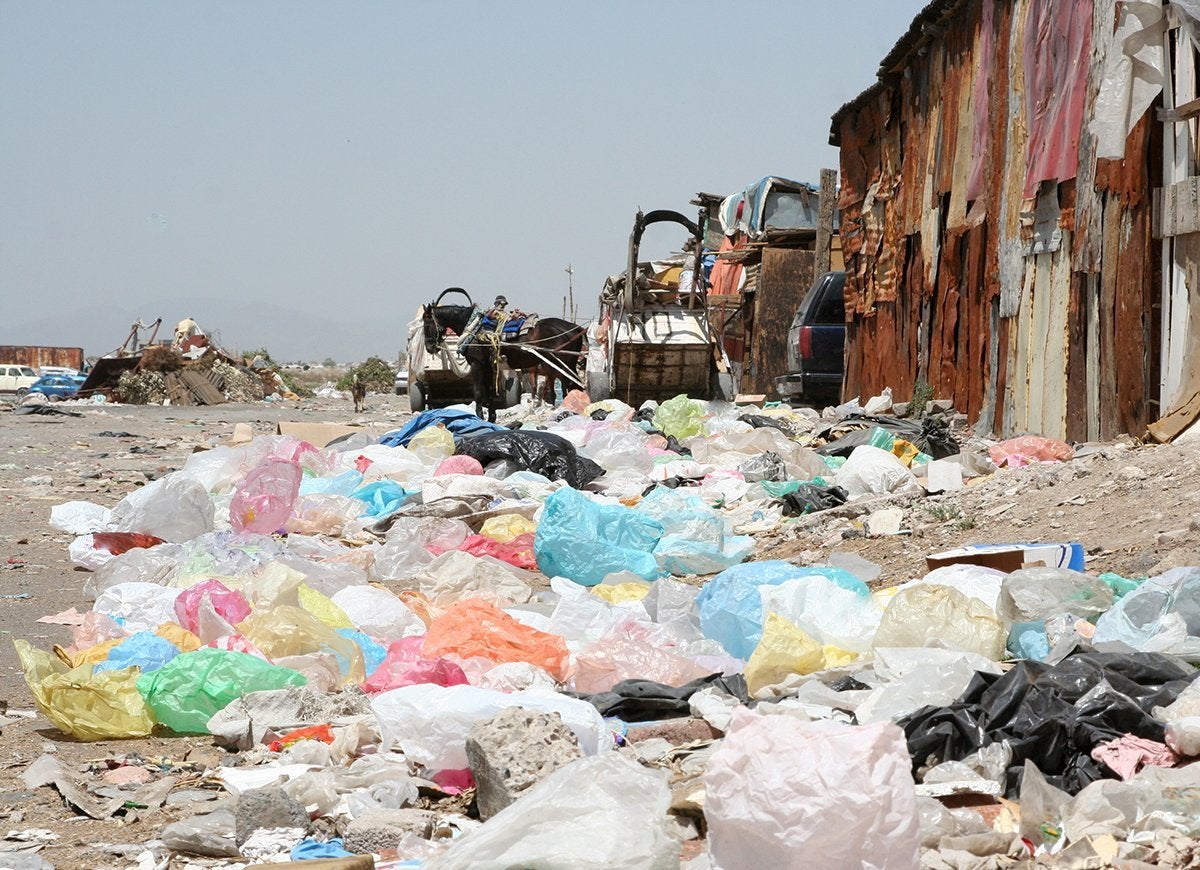
Back in December 2011, Mexico City’s government closed its main rubbish dump, Bordo Poniente, which was one of the world’s largest open-air landfills. By closing the landfill, the city intended to reduce its greenhouse gas emissions and hoped to construct a biogas power plant that would convert methane gas into energy—a project that never got off the ground. After the closure, illegal dumping in the capital increased, and the city scrambled to find other landfills. Trash continues to be a headache for Mexico City and the country as a whole, and any resolution will require better government oversight of private waste management companies and a more robust culture of recycling. And though the landfill has been closed for almost a decade, the 70 million tons of garbage buried under Bordo Poniente will continue to be an issue, posing risks of soil and groundwater pollution.
Related: 22 Effortless Ways to Make Less Trash
Global Slums

Nearly 25 percent of the world’s urban population lives in slums, informal, unsafe, and often illegal settlements that provide shelter for more than a billion people in crowded cities. Because slums are viewed as temporary and illegitimate housing, waste management is often minimal at best. But it doesn’t have to be this way. In India’s Ravidas slum in Delhi, the streets are clean because residents are taking control of their environment, trying to shrink the mountains of garbage that can actually kill.
Lebanon

In Lebanon, a four-month-long garbage crisis has gotten so out of control that citizens have resorted to burning waste in the streets. More than 33,000 people are directly affected, and many more will suffer in the coming months. The dire situation is, unfortunately, nothing new for the nation. Lebanon has faced environmental woes and trash pileups since at least 2015, and 85 percent of the country’s waste goes to open dumps or landfills. The tide, however, may be turning: A generation of young innovators is at work, hoping to turn Lebanon into “one of Earth’s best playgrounds for environmental innovation.”
Related: 12 Companies That Are Making It Easier to Produce Less Trash
Mount Everest

It is the perfect symbol of our impact on the planet: Mount Everest, once a remote and sacred destination, is full of trash. According to The Washington Post, this past summer a cleanup expedition hauled away 24,000 pounds of waste. It’s estimated that 30 more tons of refuse remain. Although garbage has been accumulating on Everest for decades, climate change and warming temperatures have caused glaciers to melt at record rates, revealing trash and even dead bodies.
Kuwait
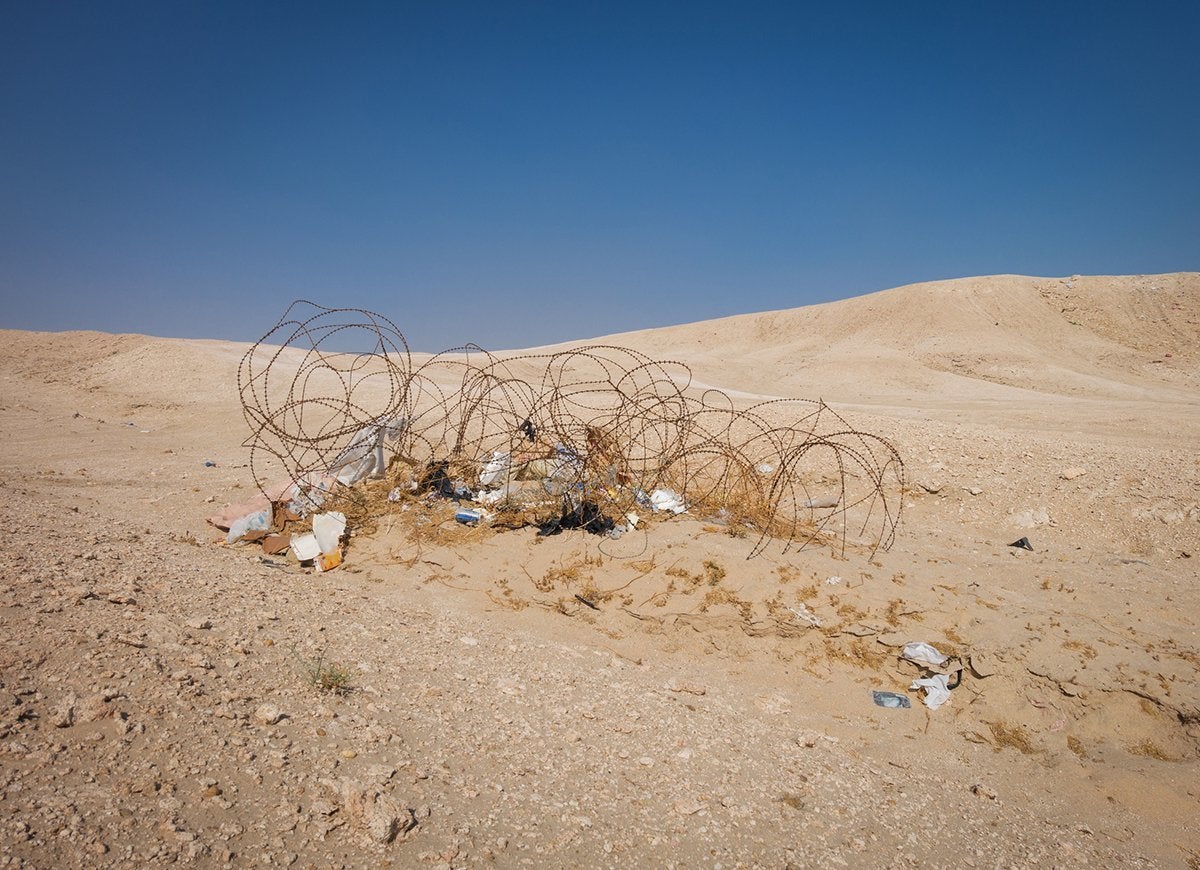
Kuwait is a small country with a big trash problem. It is among the highest per capita producers of solid waste, and this waste is channeled to poorly managed landfills, some of which are located close to residential and commercial areas. “Kuwait had been plagued by the problem of waste management and rehabilitation,” admitted Sheikh Abdullah Ahmad Al-Hammoud Assubah, Chairman of the Board of Directors of the General Environment Authority.
Island Nations
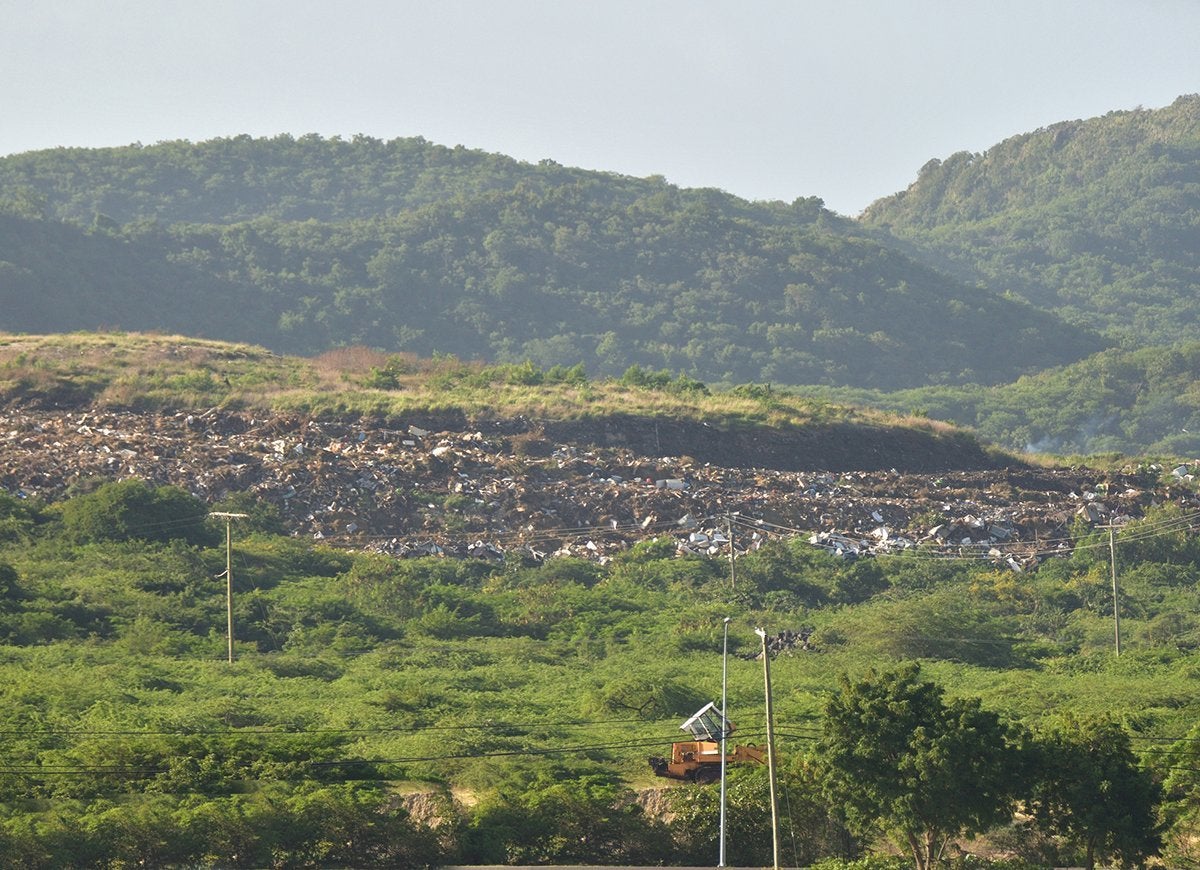
The beautiful Caribbean nations of Antigua and Barbuda as well as Saint Kitts and Nevis are plagued with overflowing landfills, widespread littering, and burning trash. Aware of the problem facing his nation, the prime minister of Antigua and Barbuda, Gaston Browne, recently announced a new model for combating plastic pollution, which calls for better recycling practices and the interception of plastic waste before it hits the oceans.
Beaches
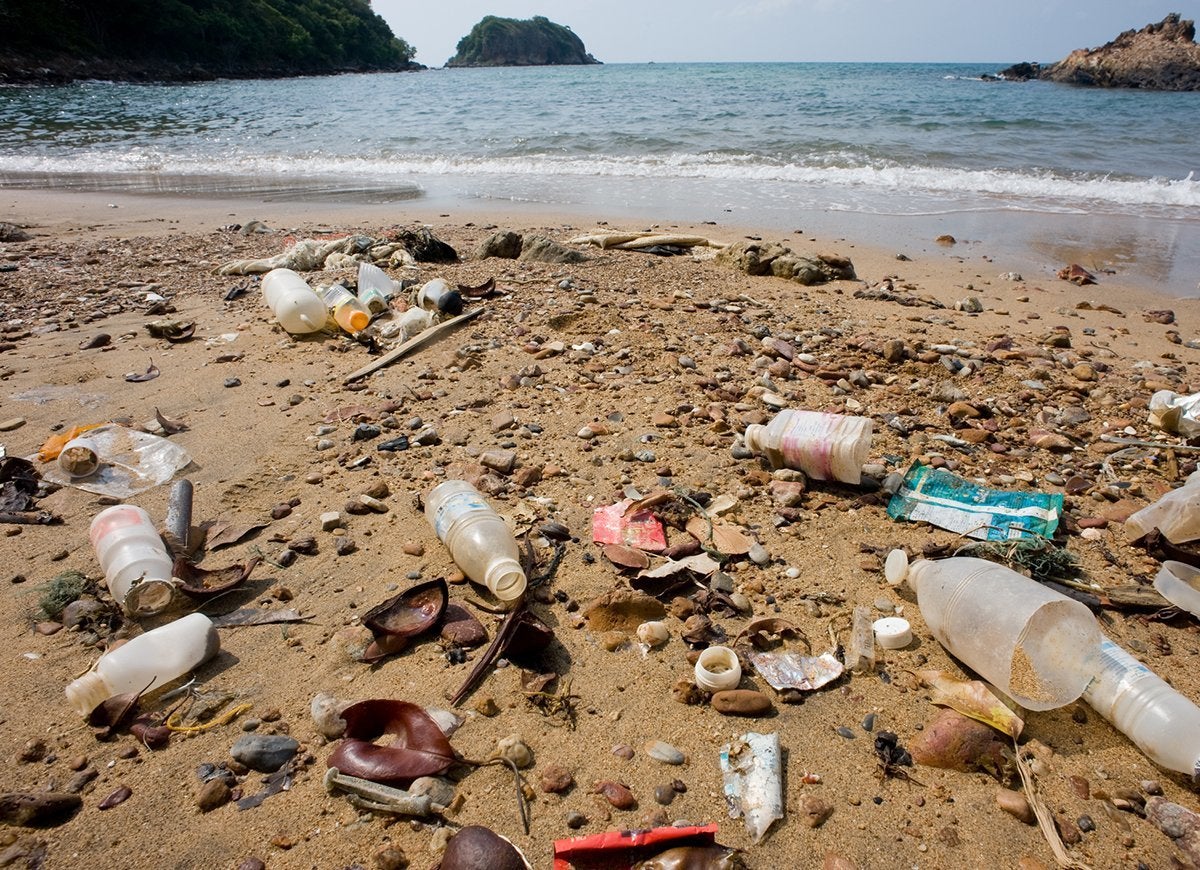
With our oceans awash in plastic waste, beaches often become an unintended resting place for human pollution. Last June, for instance, nearly 2,000 volunteers took to the shoreline of Rockaway Beach in the borough of Queens in New York City. By the time they finished, they had collected 3,119 plastic bags, 1,345 plastic bottles, 1,040 plastic straws, 626 styrofoam pieces, 4,695 cigarette butts, and more. Their efforts may make you wonder what you can do to help. “Besides adopting the best environmental tenets—reduce, refuse, reuse, and recycle—learn about the waste streams that come from the production of your food, and make informed choices,” encourages Jennifer Lynch, a NIST research scientist.
Southeast Asia

For years, China accepted and processed tons of refuse from industrialized countries like the United States and Australia. When China placed a ban on foreign waste imports in January 2018, these countries looked to Southeast Asia. But Malaysia, Indonesia, Cambodia, and the Philippines are now turning away large shiploads of garbage and recycling, refusing to become global dumping grounds. So, what will we do with all this unprocessed waste? “Reducing the amount of waste we generate in the first place is the most important thing we can do,” says Lance Klug, public information officer for California’s Department of Resources Recycling and Recovery.
